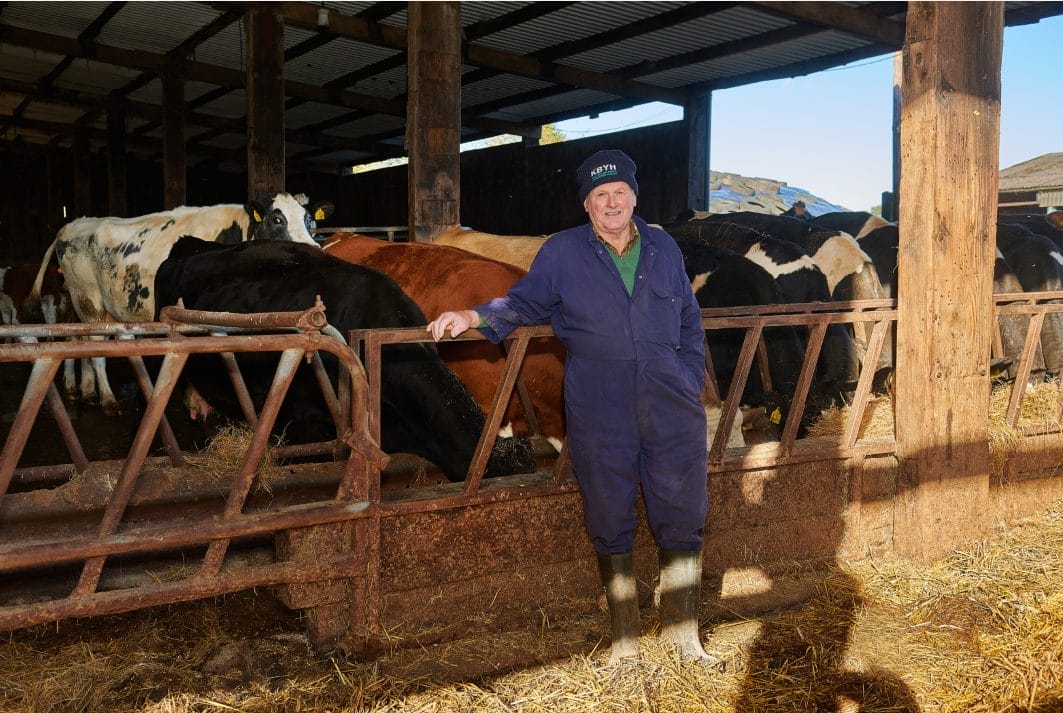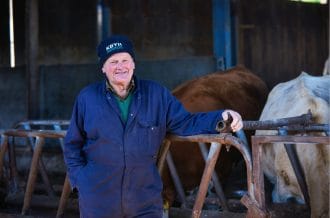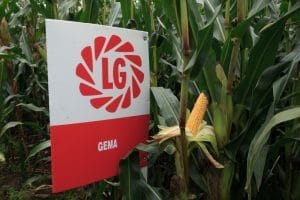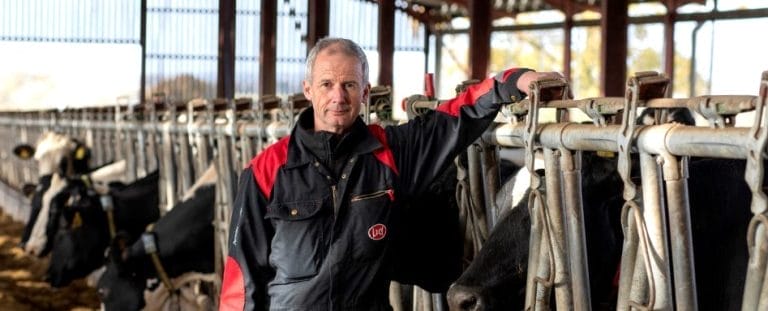
 Increasing the acreage of maize in the arable rotation is proving highly successful for Warwickshire farmers Richard and Fred White at their 650ha mixed unit at Swan Farm, near Atherstone.
Increasing the acreage of maize in the arable rotation is proving highly successful for Warwickshire farmers Richard and Fred White at their 650ha mixed unit at Swan Farm, near Atherstone.
Seen firstly as a good alternative break crop to oilseed rape – which has become harder to establish due to the difficulties in controlling flea beetle – maize is now a valuable forage for their beef finishing enterprise as well as an additional cash crop sold to neighbouring dairy and goat farms.
Key to maize fitting into the rotation and also the operational schedule at Swan Farm is the use of a very early maturing variety, with Limagrain’s Gema fitting the bill well for the past two years.
“Harvesting a fully mature maize crop early is important to us for a number of reasons,” explains Richard White. “Firstly, we’re supplying longstanding customers that want the maize for feeding as early as possible, but we also want the fields cleared so that we can prepare the ground for drilling winter wheat.
“This year we harvested 52ha of Gema on 20th September, which was our contractor’s first outing of the season. We weigh representative trailer loads, so we know what we’re selling, and the crop averaged over 20 tonnes/acre fresh weight, which we’re very pleased with.”
Fresh crop samples were taken by Wynnstay’s Ellie Edwards just before harvest, with the analysis coming back at 32% dry matter, 34.4% starch and 11.5 MJ/kg ME, indicating optimum maturity and a high feed value forage. Having sold the seed, Ms. Edwards supported the customer with crop monitoring throughout the growing season and will continue her input through to feed out.
“It was a relatively positive season for growing maize in many areas,” she says, “with rainfall through July and August allowing good summer growth and enabling crops to yield well.”
At Swan Farm, the maize is drilled relatively early, with the 2023 crop going in during the last week of April. The early drilling is at least in part to ensure this job is out of the way before the fodder beet goes in.
“This is another reason why a very early variety like Gema works so well for us,” adds Richard. “Fodder beet is another important break crop in our rotation, and – like the maize – it’s both a cash crop that we sell as well as a valuable feed for our own sheep. By harvesting the maize as early as we do, it’s out of the way before we’re into lifting fodder beet. The two crops work well together in this way.”
Maize, fodder beet and also potatoes now provide the main cereal break crops in the rotation at Swan Farm, which grows up to 400ha of cereals, mainly winter wheat as well as some spring barley and spring oats.
“We’re doing everything we can to stay on top of grass weeds in our wheat, which is why productive break crops as part of a balanced rotation are so important,” says Richard. “We seem to be keeping on top of blackgrass at the moment, but need to be wary of other possible threats, like ryegrass. Staying on top of the problems is key.”
Swan Farm also includes 160ha of low input permanent grassland, which provides grazing for up to 200 cattle and a 450-ewe flock of EasyCare breeding ewes that are lambed in April. The permanent grassland, which is also used to produce hay sold into the equestrian market, helps to underpin a homegrown feed philosophy for both livestock enterprises.
“With the maize silage for finishing beef cattle, fodder beet for fattening lambs, plus our own spring cereals producing rolled barley and oats, we’re avoiding any great reliance on bought in feeds,” adds Richard. “It means our break crops are contributing to the other enterprises on the farm as well as being valuable in the rotation.”
As any effective rotation should, the cropping system at Swan Farm is helping to maintain good soil fertility as well as control weed and disease burdens.
 The 2023 crop of Gema maize only had farmyard manure and digestate applied prior to ploughing, with no fertiliser down the spout or applied later. Maize crops were also relatively clean, requiring just one herbicide application during the growing season.
The 2023 crop of Gema maize only had farmyard manure and digestate applied prior to ploughing, with no fertiliser down the spout or applied later. Maize crops were also relatively clean, requiring just one herbicide application during the growing season.
Going forward, as the Whites transition from the current HLS scheme, they are increasing their use of cover crops over the winter. Mixtures comprising mustard, fodder radish, millet and other species are now being grown, providing soil fertility benefits through green manure as well as useful shooting cover.
As they review new environmental scheme options, to work out what is best suited to their farm, one thing that’s fairly certain for the foreseeable future is a continuing commitment to growing very early maturing maize.


































